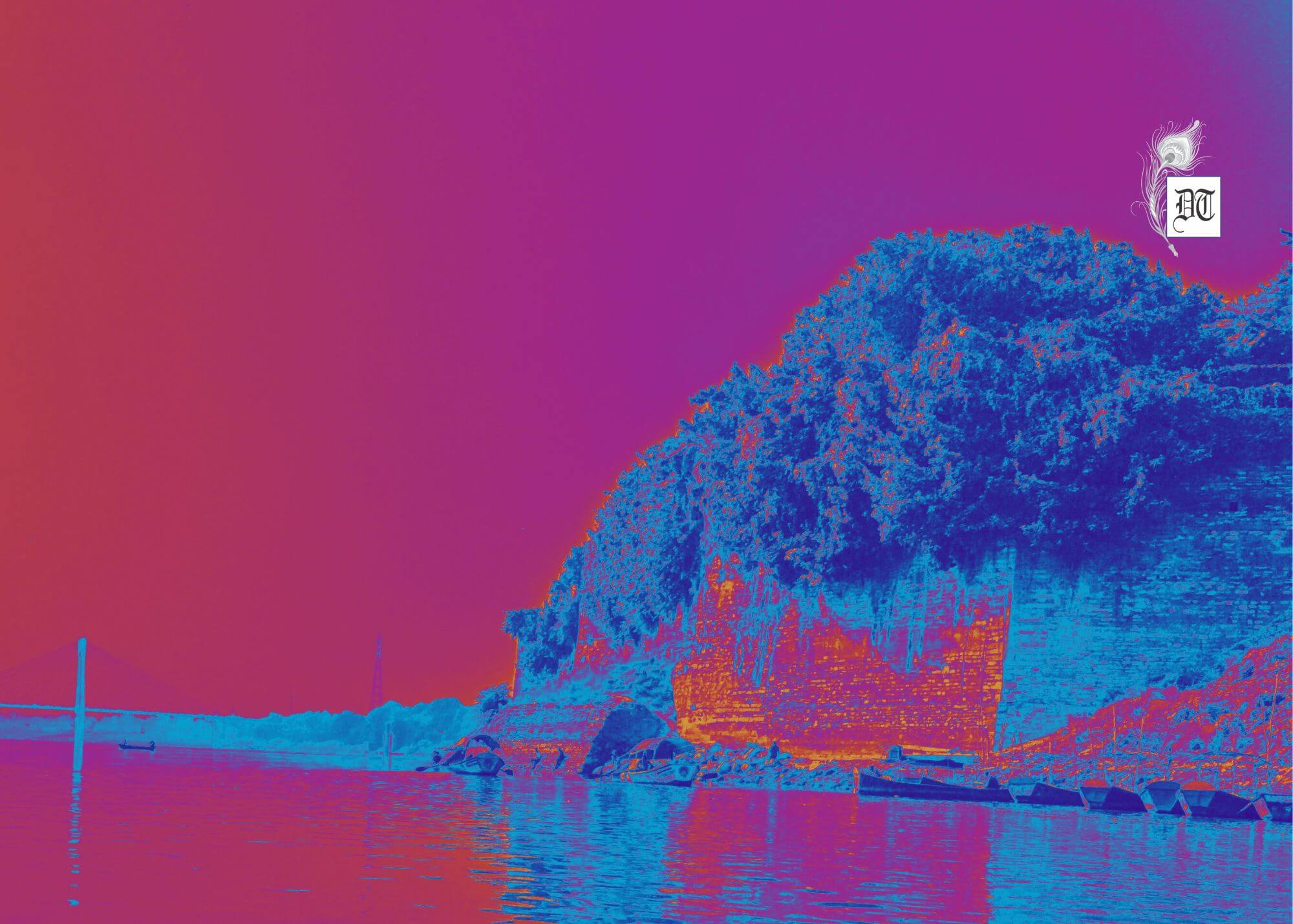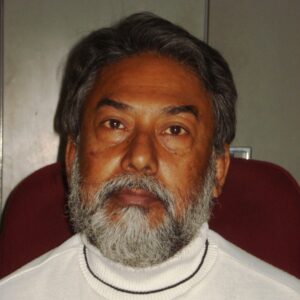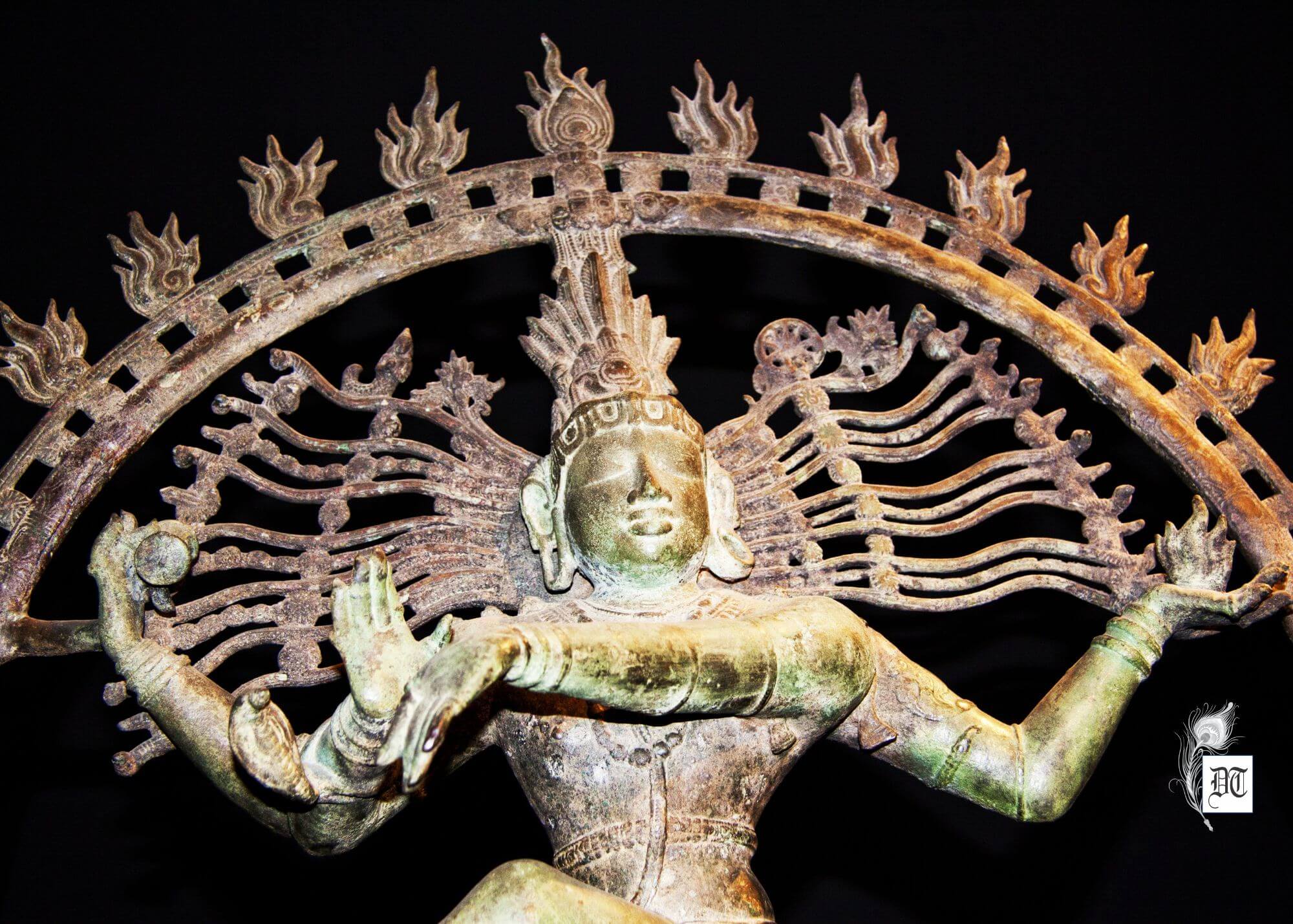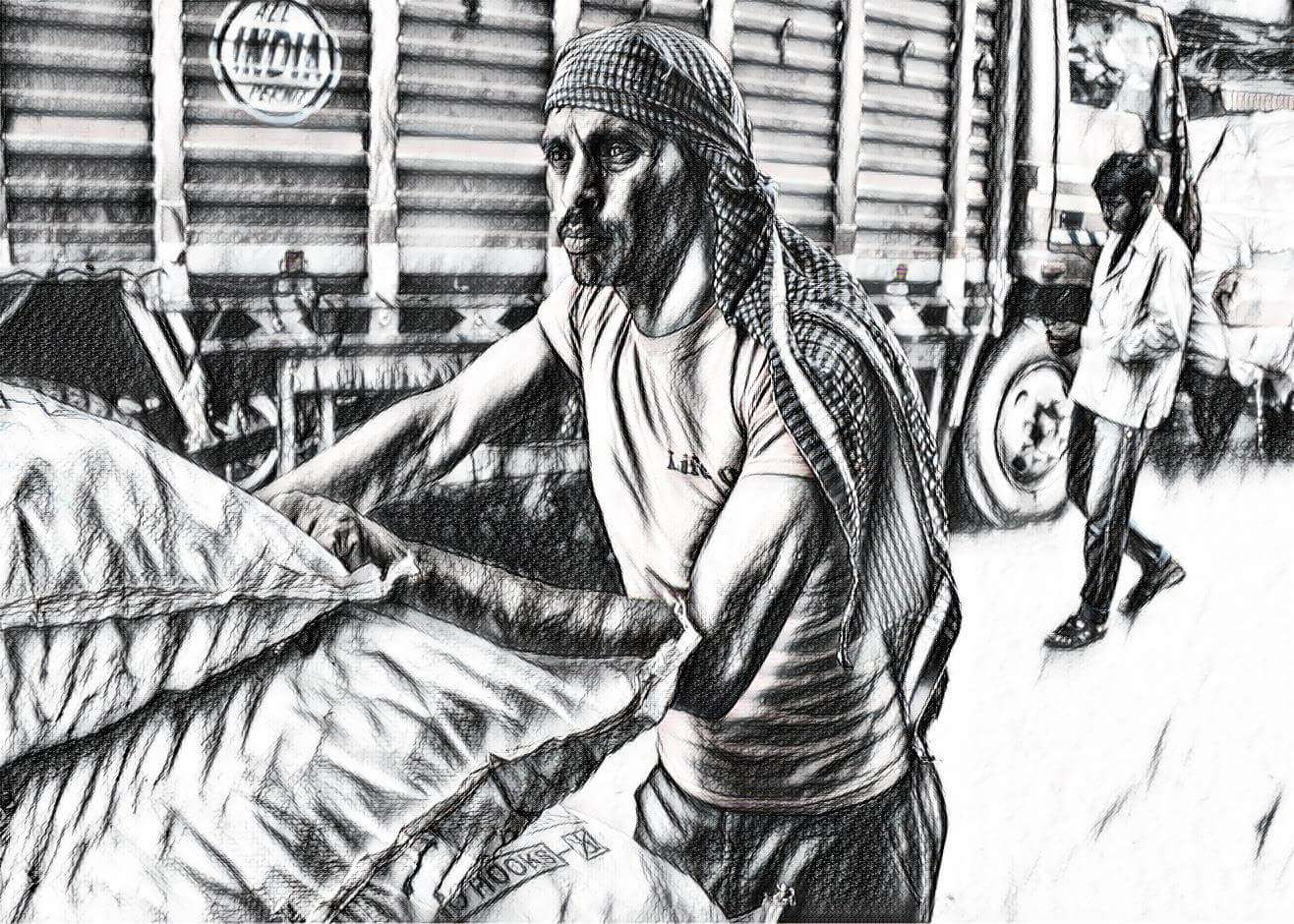Prof Bhaskar discusses the tragic death of 30 people, in Prayagraj, during a holy dip, highlighting the risks faced by millions, mostly marginalised, seeking spiritual salvation, exclusively for Different Truths.
In India, alongside a variety of political and economic activities, spiritual and religious activities play a significant role. These activities often have a substantial influence on electoral outcomes, as perceived by political leaders. Consequently, they organise gatherings of religious gurus, along with their disciples and devotees, to harness this influence. Many ordinary people attend these events, driven by the belief that reincarnation offers them the chance for a better rebirth. They often take a dip in the Ganga at astrologically significant times, seeking comfort and hope through this practice.
On the early morning of January 29, 2025, a tragic event occurred in Prayagraj, Uttar Pradesh, resulting in the untimely deaths of at least 30 people and serious injuries to around 60 others, according to media reports. State officials took some time to respond to the incident. Considering this tragedy, the state authorities established a judicial committee to investigate the circumstances that led to the deaths of these devotees.
…will the relatives of the deceased receive monetary compensation from the state…
In general, innocent people maintain their innocence when they believe it is an appropriate time to take a holy dip, such as in the early morning between 1 am and 2 am during ‘Mauni Amavasya.’ This dip is believed to guarantee a path to heaven. However, some pressing questions remain unanswered in this situation. For instance, will the relatives of the deceased receive monetary compensation from the state if their lives were insured through the Life Insurance Corporation (LIC) of India? Additionally, will the relatives receive the wages owed to them for working as wage labourers on the landlords’ plots of land? Lastly, will their bodies be cremated with honour?
Based on my primary survey-based observations in previous years during the Kumbh and Mahakumbh festivals along the banks of the Ganga, particularly at the Triveni Sangam — the confluence of the Ganga, Yamuna, and the mythical Saraswati — the area is too small to accommodate the estimated forty crore devotees horizontally, over 45 days. On the early morning of January 29, the number of devotees who struggled to take a dip during the ‘Mahendrakshan‘ was estimated to be 12 crores. Given this situation, it is not surprising that a mishap occurred.
In spite of planning and clearance from all relevant departments of the state, it occurred. Post-facto self-defence or post-mortem of the event or blame game does not help.
Death has no class. Yet class is latent in death … probably from the bottom caste.
Death has no class. Yet class is latent in death in this case undoubtedly the deceased will be from the low-income category and probably from the bottom caste. The likelihood of individuals from less privileged backgrounds experiencing a better rebirth is greater than for those who already hold advantages in terms of income, assets, power, or are categorised as higher castes, such as Brahmins and Thakurs, in Uttar Pradesh. It’s important to note that not all who died were from Uttar Pradesh; some could have come from neighbouring states as well.
From my observations, I have seen them arriving on tractors—one tractor was astonishingly carrying over a hundred individuals from various subaltern families, stacked in two or three tiers. In the kutcha cottages built somehow on the zone, with straw spread on the clay floor, they used to sleep as and when the opportunity came as well as cook food in desi chulha that could invite fire danger.
Innocent people in the heartland particularly live in belief, or they do not dare to live a material-quality life and repent for their past life, present birth in low caste and expect for a better re-birth. Heartland is no exception. Innocence is all-pervasive or pan-India. Birth-rebirth cycle or reincarnation seems to be the very basics of Orientalism that some opine frees them from committing sins. But then why do they come each year to Allahabad/Prayagraj to take a dip in the auspicious moment to cleanse their sins? It might have been that it was their sins committed in the past life.
Many people who aspire for a better rebirth feel that their untimely deaths have made them part of the Mahakumbh festival, even after passing away. They continue to pray to the Sun and water daily, and the Mahakumbh, which occurs once every twelve years in Prayagraj, seems to offer them a high level of blessings.
There is a sense of mourning for the untimely deaths of these devotees. In contrast, elite devotees are less at risk…
The middle class often expresses concern about these individuals who have passed and sometimes engages in conversations about them, though they don’t typically communicate directly with them. There is a sense of mourning for the untimely deaths of these devotees. In contrast, elite devotees are less at risk, as they remain alert and keep their distance from the mass crowd.
Death is inevitable and universal, whether it occurs among devotees at the Mahakumbh or elsewhere, whether it is natural or accidental. However, a deceased person deserves a dignified farewell, perhaps to transition to another world known as heaven. What often surprises me is the class differentiation in death.
In India, there are currently 579,092 VIPs, which is more than a thousand times the number in China and exceeds the combined total of all G-7 countries, plus China and Russia. The processes surrounding significant deaths seem sharply different for these VIPs compared to those of the general public. My concern lies in the intergenerational repetition of this scenario, which does not imply that the experiences in life and death should be the same.
A last-minute sympathetic critique. Even if the people at the bottom aspire to reach heaven through Prayagraj, proper administrative care is warranted to save the lives of these people. God knows if they really reach Heaven or reach elsewhere!
Picture design by Anumita Roy






 By
By
 By
By
